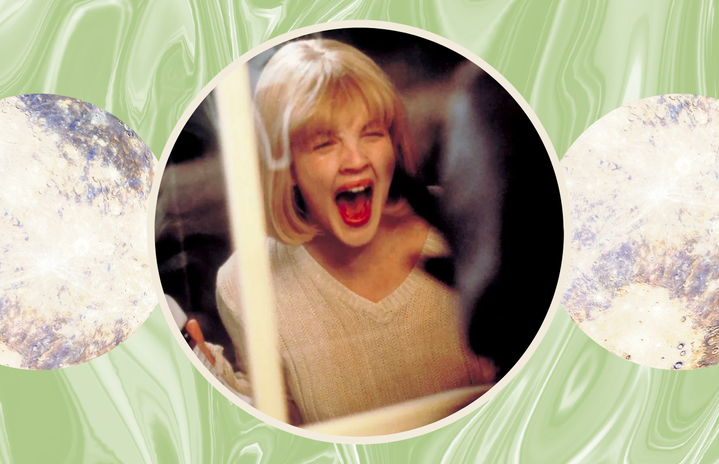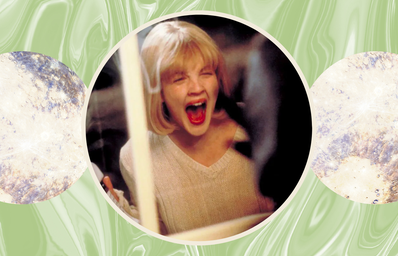Horror is a genre of media that has gotten increasingly popular recently. Still it’s been around for hundreds of years, with Gothic novels originating in the 18th century and the horror film genre finding its roots in the 1890s. Characteristics of the horror genre are easy to point out – from haunted houses to masked serial killers – but the genre’s incorporation and treatment of its female characters is a particularly fascinating phenomenon.
While horror was one of the first genres to include women as its main characters, they were almost solely the damsels in distress or the recipients of gruesome fates. Hypersexualized and subjects of somewhat torture porn, women in horror and what befalls them often reflects a misogynistic view of their value in society. However, the existence of Final Girls and more recent horror media that features women as less stereotypical characters – sometimes even the antagonists – can be argued to bring forth a redeeming case for the horror genre.
Women as Victims
The horror genre is unique for its women having more on-screen time than its men, but the reasoning behind this is not necessarily a good one. Women in horror, especially in the slasher subgenre, are almost exclusively the main targets of the evil force or person at play. They have more screen time because they spend much of the film being stalked, running away from a killer, being possessed by a demonic force, or dying a graphic and prolonged death.
While plenty of men die in horror movies, women are often the main focus because it is easier for audiences to digest male violence against women. A (typically) male entity such as a monster, ghost, or killer targeting various female characters is a staple of the horror genre. Some may argue the misogynistic undertones of such prevalent male violence against women on-screen (and the audience’s enjoyment of it), but others say this reflects a genuine phenomenon in our society where women are very often victims of male violence.
Art is known for imitating life, and the representation of this pattern of violence on-screen can be seen as, in some ways, spreading awareness about the victimization of women in our society. Women watching horror may even feel that their fears are validated, a reassurance that their worry while walking alone at night is a result of very real dangers, not paranoia or dramatics.
The Final Girl
An extremely common narrative structure among horror films is one that features a “final girl,” the last woman standing at the end of the movie who has successfully defeated the bad guy. While the final girl trope was born out of the victimization of women in the genre, she has become an empowering figure nonetheless.
It can be inspiring to watch a female character, against all odds, prevail through the horrific things happening to her and those around her. Final girls are depicted as observant and intelligent, using these skills to survive. Many of them use great inner strength and resourcefulness to defeat – and take revenge – the evil force of the film, creating a positive representation of women in this light.
Women as Villains
Women have also been featured in horror as villains, though much less common than their male counterparts. In a genre that often punishes women for their sexuality and uses female characters to ramp up the casualty count, it’s refreshing to see women step into the roles of antagonists in recent years.
“Jennifer’s Body” and the most recent installments of the “Scream” franchise are just a couple of examples of horror films with female villains. Female villains range from teenage girls out for revenge to middle-aged women known as “monstrous mothers,” a demonization of motherhood and female reproduction. Though these villains can still be very stereotypical, it is good to have various types of representation.
Female Viewership
Horror films are beloved by many for their ability to create tension, unease, and adrenaline rushes in viewers. They create a sense of catharsis, the rush viewers get from “surviving” a frightening situation. Women are accustomed to fear, but watching a horror movie is a fear that they choose.
Most horror fans are women, 60%, according to CivicScience. Women like horror because of the catharsis, the validation of their fears, and simply the enjoyment of exploring the dark and gory sides of media. Horror lives on breaking the rules and pushing the boundaries of what society deems acceptable. It is a genre that provides much space for creativity.
The horror genre was certainly not made for women, and it continues to be geared towards the male gaze. Nevertheless, women make up the backbone of the genre in more ways than one.


